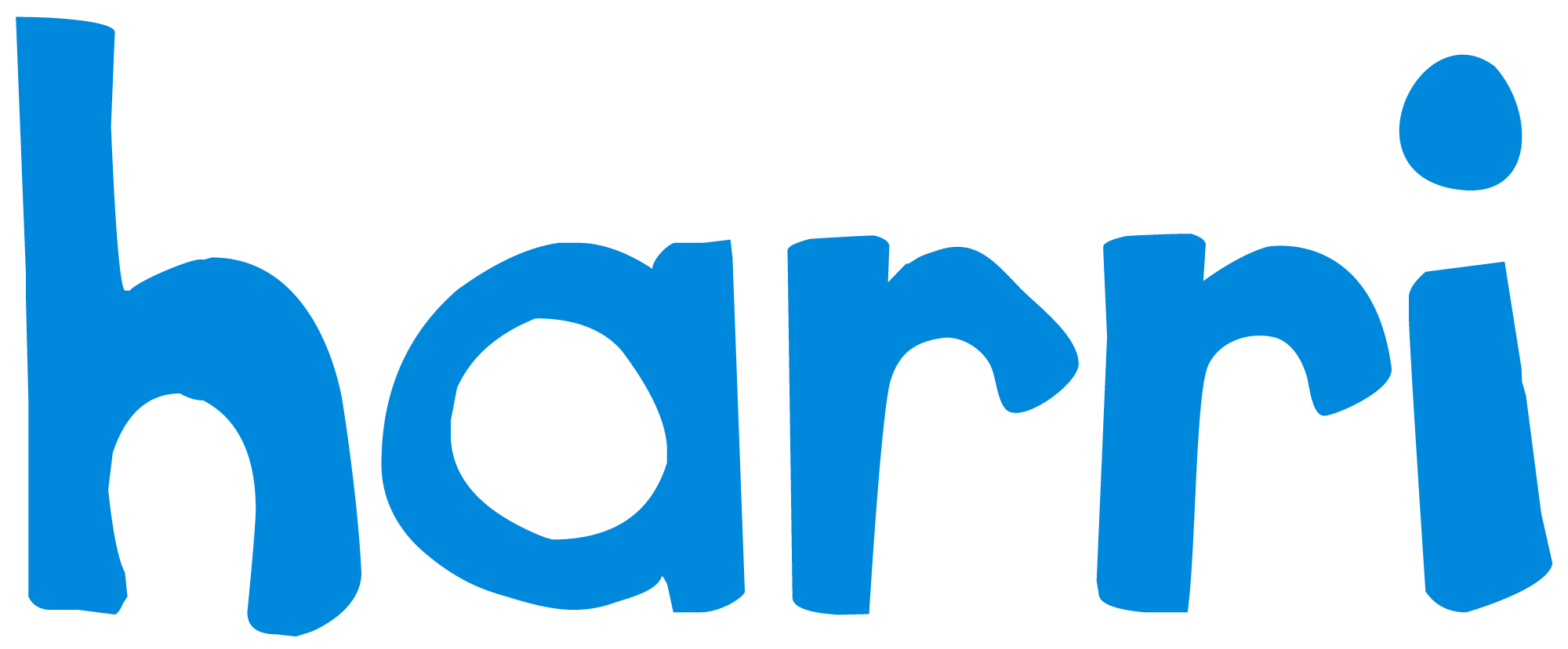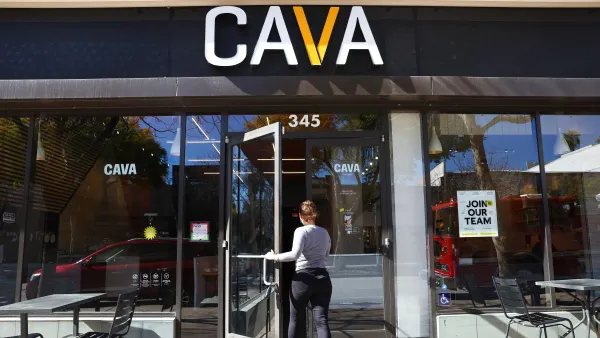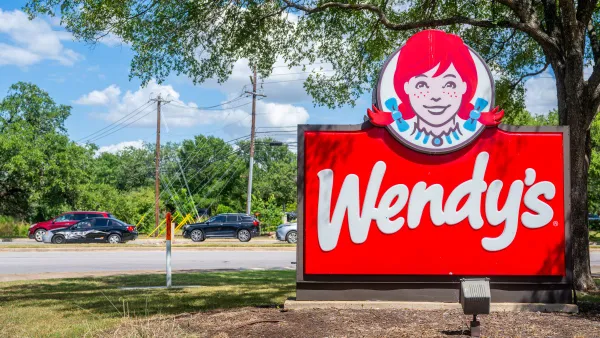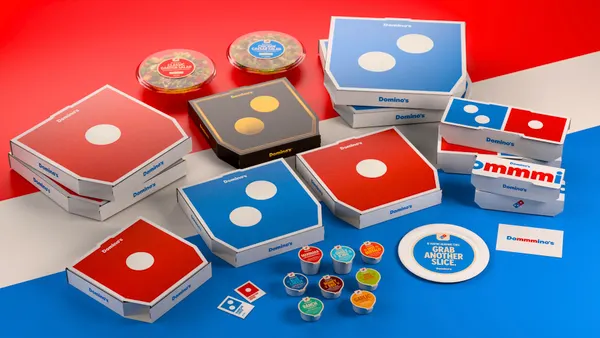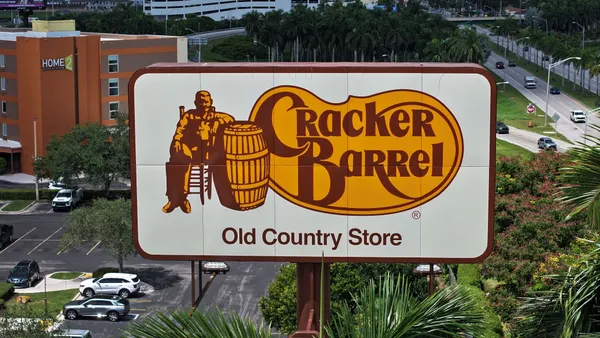Dive Brief:
- Taco Bell announced last week it is adding a revamped menu, called the Cravings Value Menu, which features items priced starting at $1, Restaurant Business reports.
- The menu, which debuts Dec. 27, is divided into four categories: tacos and burritos, specialties, sweets and $5 boxes.
- To celebrate the launch, Taco Bell is introducing two $1 Grande Burritos for a limited time: a three-cheese nacho burrito and a chicken enchilada burrito.
Dive Insight:
One of the major narratives in the QSR space in 2018 was value. McDonald's rolled out its $1 $2 $3 Dollar Menu in January, its third such iteration behind its Dollar Menu from the 1990s and its Dollar Menu and More from 2013. Pizza Hut, Del Taco, Burger King and Carl's Jr. also went all in on value deals in an attempt to remedy declining traffic in the competitive category.
Now, Taco Bell is taking things up a notch with its Cravings Value Menu. Last year, Taco Bell committed to offering 20 items for $1 and the company did just that in 2018, including its Nacho Fries — the company's most successful product launch ever. For its initial three months on the menu, Taco Bell sold more than 53 million orders of Nacho Fries, according to CNBC.
These value pushes seem to be resonating for sales – McDonald’s CEO Steve Easterbrook said his company's new value menu is generating higher-than-average items per transaction, especially since customers end up choosing more items to create a personalized meal. Taco Bell told CNBC that its $1 menu items generated more than $500 million in sales in 2017.
But that's not to say they're without their challenges. Sales don't equate to traffic, for example, and McDonald's new menu has not rectified declining guest counts at the chain. It's also tricky for chains to find the sweet spot — staying competitive in a value-heavy environment without significantly eroding margins. Taco Bell's new menu illustrates that $5 may very well be the solution, and that value itself is ideally positioned as a bundled meal. This also was demonstrated with Pizza Hut's $5 lineup, Carl's Jr.'s $5 All Star Meals and Jack in the Box's $4 to $6 bundles.
Further, what all of these propositions prove is that the definition of value is constantly changing in QSR, and those value offerings — as Restaurant Business reported earlier this month — have varying degrees of success. As the hot fast casual segment indicates, value is about much more than low prices. Fast casual concepts traditionally have higher price points than QSRs and the category continues to grow at a pace that is double the QSR rate. Chick-fil-A also operates without a value menu yet generates more sales than any other chain in the U.S. Its customers find value in the company's customer service. In other words, value is relative.
For Taco Bell value has always equated to lower prices, which means its conditioned its customers to have those expectations. Taco Bell president Julie Felss Masino told investors earlier this month that value is at the center of the brand's relevance, and 2019 also will be a big year for value. This means the pressure is on for Taco Bell's QSR competitors to keep pace with its definition of value.






